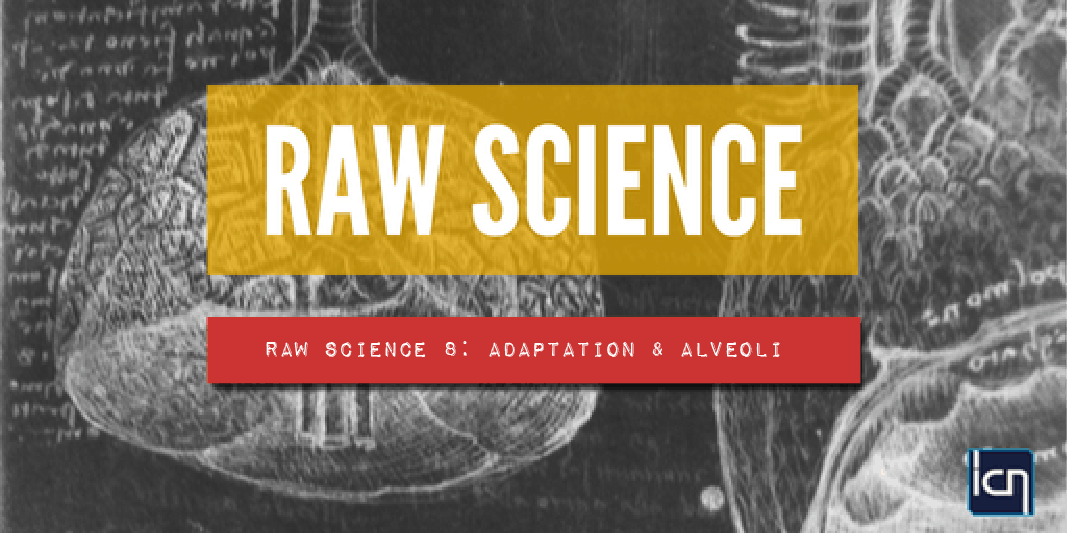Raw Science 8: Adaptation & Alveoli
Raw Science 8
Adaptation & Alveoli
An expert is a person who has made all the mistakes that can be made in a very narrow field.
Niels Bohr
Welcome to Basic Science Clinic Raw Science 8. Convective gas flow through the tracheobronchial tree is the end-point of pulmonary mechanics but the fundamental purpose of the lung is gas exchange, comprised of three interlinked physiological processes: ventilation, diffusion and perfusion. Today we examine the incredible structural adaptation of the human lung down to the alveolus as the centrepoint of gas exchange, a process itself best conceptualized via the elegant physiological model of the alveolar gas equation.
The unraveling of the procession of pulmonary blood flow from right ventricle to lung to facilitate the mingling of blood and air involved protagonists that spanned epochs from Hippocrates to Galen and eventually in 1661 to Marcello Malpighi. He was the first person to view the pulmonary capillaries and alveoli through the augmented reality offered by the light microscope that had been invented in 1590.
The composition of gas in the alveoli determines and represents the process of pulmonary gas exchange and provides a framework for understanding the mechanisms and practical physiological limitations. Alveolar gas is practically inaccessible in vivo and hence requires an accurate and precise model to ascertain its configuration under specific conditions.
The alveolar gas equation relates the alveolar partial pressure of oxygen to inspired partial pressure of oxygen, alveolar and hence arterial partial pressure of carbon dioxide and the respiratory quotient.
How is the lung adapted to optimise gas exchange?
So how does the alveolus fit in?
What are the cell populations in the alveolar region?
How can we model pulmonary gas exchange?
Raw Science factoids:
The oxygen content of arterial blood is ~21 mls/dl, ie 21% by volume. The oxygen content of mixed venous blood is 15-16 mls/dl indicating a total body oxygen extraction of 25%.
The total alveolar surface area is approximately 80x greater than the total surface area of the skin.
Each erythrocyte contains approximately 250 million haemoglobin molecules and 400 billion erythrocytes occupy the total pulmonary capillary blood volume.
For feedback, corrections and suggestions find us on twitter @falconzao and @sophmconnolly or post on ICN.
Thanks for listening. Next up we’ll continue our examination of pulmonary gas exchange by looking in more detail at ventilation, perfusion and diffusion. Coming soon is our video series Raw Focus to delve deeper into the key concepts from each of the podcasts.

























